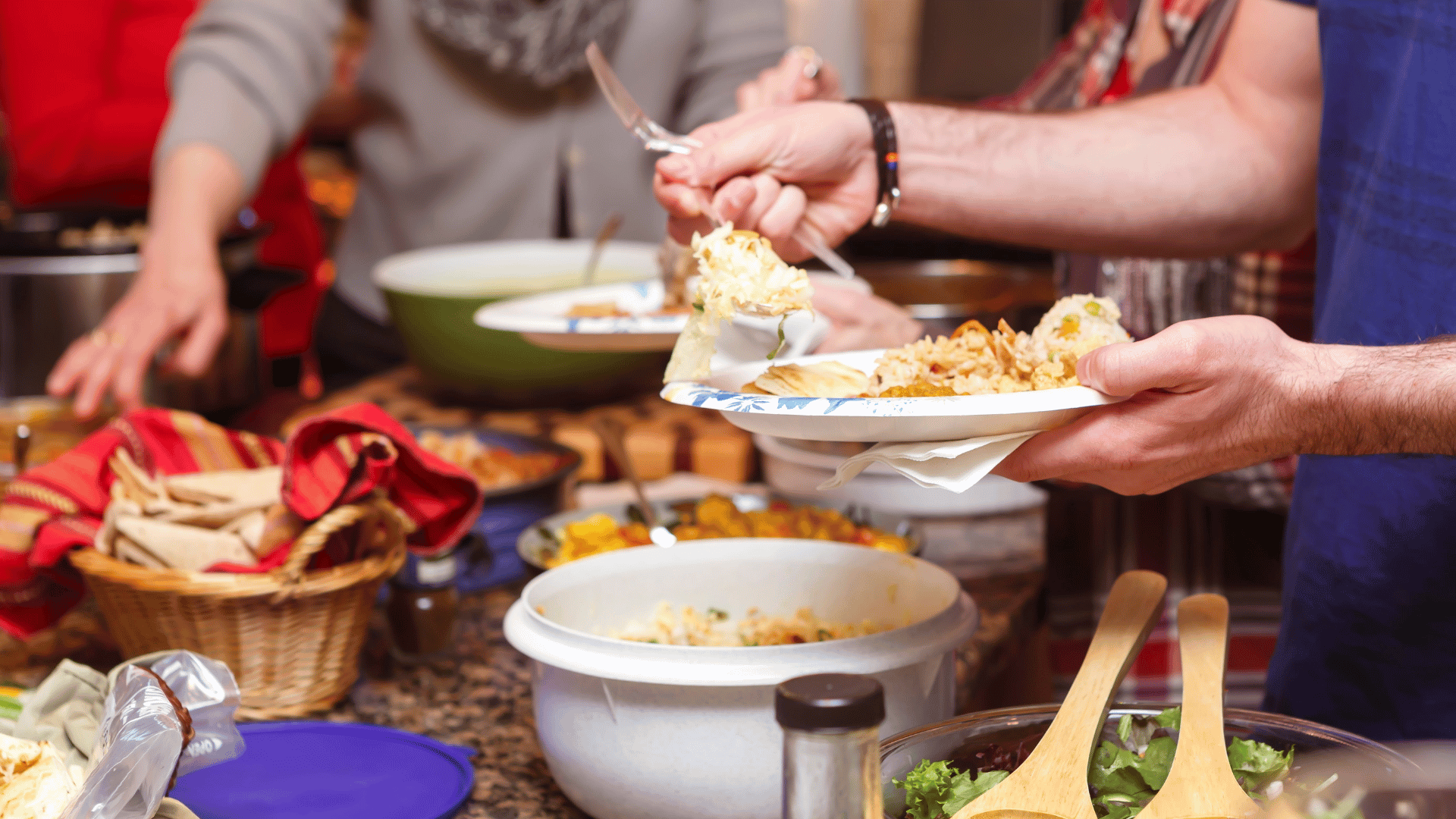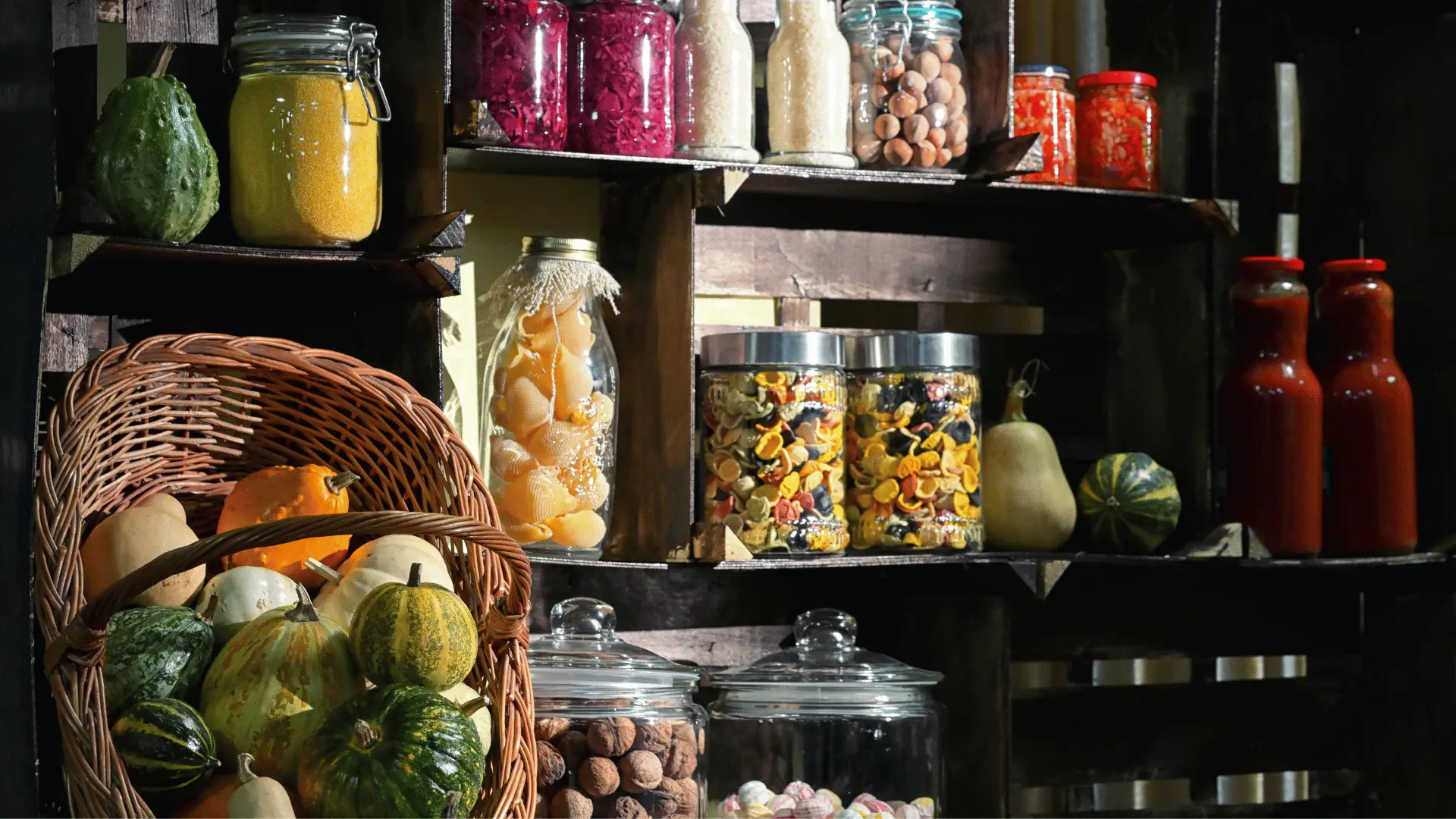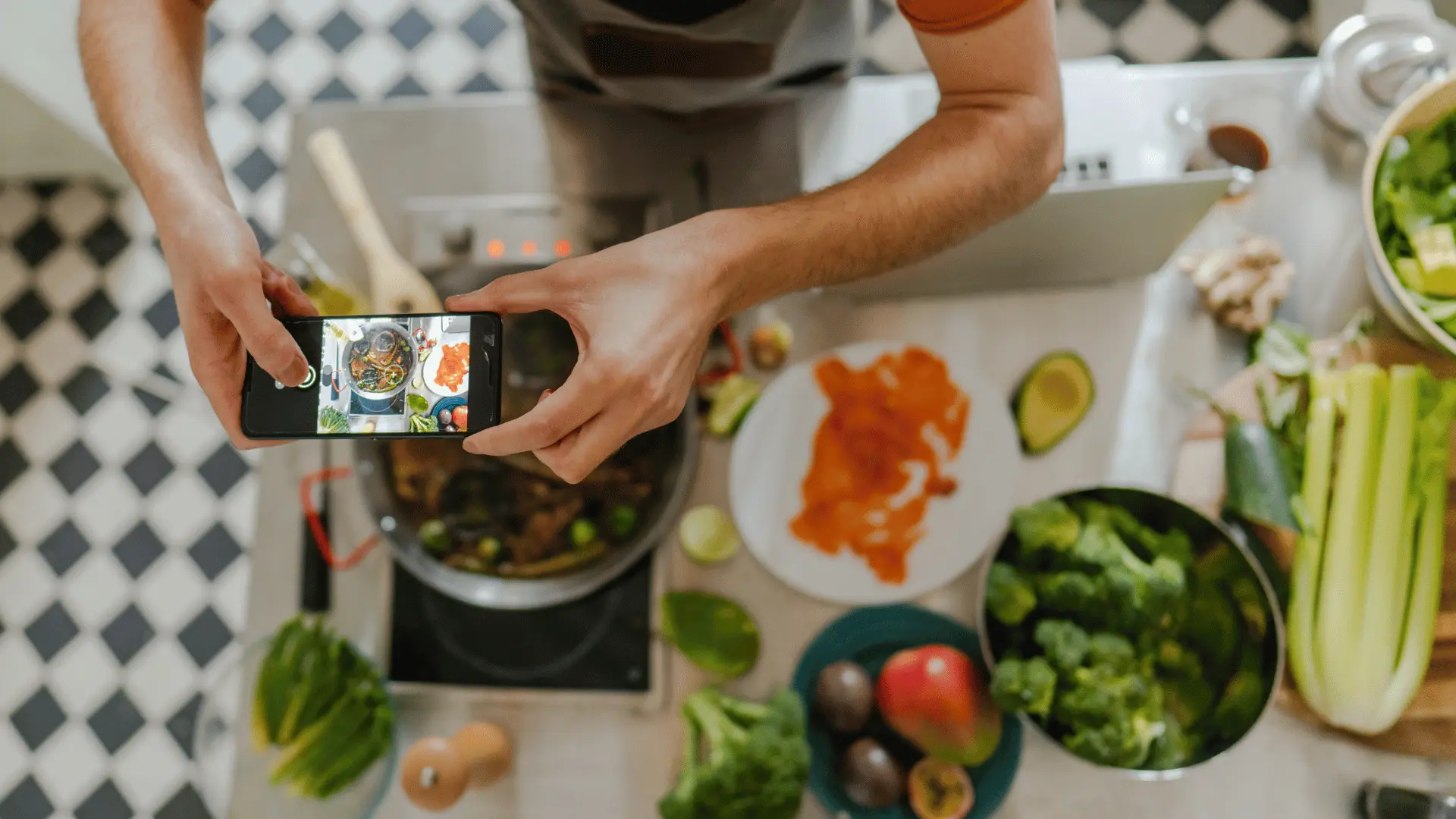
Game Day Gatherings: How to Organize the Perfect Spread
There’s something magical about game day. The energy, the cheers, the rivalries—it all comes together when friends and family gather around the TV. But as much as the action on the field matters, let’s be honest: the real MVP is the food. A game day without a solid spread just isn’t the same. Whether you’re tailgating outside the stadium or throwing a living room Super Bowl party, the key to success is a menu that’s organized, balanced, and fun for everyone.
The challenge? Game day spreads can spiral into chaos fast. Too many chips, not enough mains. Five people bringing nachos, no one bringing wings. Last-minute dashes to the store for forgotten condiments. And somewhere in the mix, a guest with dietary restrictions is left eating plain celery sticks while everyone else digs into cheesy dips.
That’s why planning matters. With a little strategy—and the help of digital tools like Recipe Memory—you can create a spread that feels abundant, balanced, and inclusive, without overwhelming the host. Here’s how to make sure your game day feast scores big every time.
Step 1: Break Down the Spread into Categories
Think of your menu like a winning team. Every dish has a role to play, and balance is everything. A well-rounded spread usually includes:
- Appetizers: Chips and dip, sliders, veggie trays, wings, deviled eggs.
- Main dishes: Chili, pulled pork sandwiches, pizza, tacos, or hearty casseroles.
- Sides: Potato salad, mac and cheese, roasted vegetables, or cornbread.
- Desserts: Brownies, cookies, cupcakes, or a themed cake (think football-shaped or team colors).
- Drinks: Beer, soda, cocktails, mocktails, and plenty of water.
When you divide the spread this way, it’s easier to see what’s missing and avoid the dreaded “all chips, no substance” problem.
Step 2: Assign Dishes Without the Stress
This is where chaos usually sets in—text chains blow up with overlapping ideas, and no one knows who’s bringing what. By using Recipe Memory, you can assign categories or specific dishes, so guests know exactly where they fit. That means no five bowls of queso, no forgotten desserts, and no awkward gaps at the table.
For example, you might assign one person to appetizers, another to mains, and let a few people pick desserts. The tool keeps it all visible, so everyone knows the plan in real time. No buried text messages, no second-guessing.
Step 3: Plan for Dietary Needs
Game day spreads often lean heavy on meat, cheese, and fried foods. That’s great for many, but what about the vegan friend? The gluten-free cousin? The guest who doesn’t drink alcohol? These are the details that can make or break the feeling of inclusion at your event.
With Recipe Memory, you can track allergies and preferences in advance. That way, you’re not scrambling to find a last-minute gluten-free bun or apologizing because there’s nothing dairy-free on the table. Everyone shows up confident that they’ll have something to enjoy.
Step 4: Balance Indulgence with Fresh Options
It’s game day, so yes—buffalo wings, loaded nachos, and cheesy dips deserve their place in the spotlight. But balance makes the spread memorable. A colorful veggie tray, fresh fruit skewers, or a light salad with seasonal toppings can add freshness to the lineup. Guests appreciate variety, and lighter options help everyone enjoy the indulgent dishes without feeling weighed down.
Pro tip: assign at least one person to bring a “fresh” option. It balances the table and shows thoughtfulness in planning.
Step 5: Drinks and Desserts Deserve Attention Too
Drinks and desserts are often afterthoughts, but they can be the secret to elevating a game day party. A signature cocktail (or mocktail) in team colors creates buzz, while desserts themed to the occasion bring smiles long after the final whistle.
Think football-shaped cookies, brownies with edible “yard lines,” or cupcakes topped with little flags. These touches don’t just satisfy a sweet tooth—they make the event feel special and worth remembering.
Step 6: Keep It Organized and Fun
Once the menu is set, you want the day itself to flow smoothly. Here’s how digital organization helps:
- Centralized planning: Everyone sees the full spread ahead of time. No duplicates, no surprises.
- Shared responsibility: Guests know exactly what to bring, so the host isn’t carrying the full load.
- Less stress, more connection: With logistics handled, the host gets to enjoy the food, the game, and the company.
Real-Life Game Day Scenarios
Let’s paint the picture:
- The Tailgate: Guests coordinate mains like chili and pulled pork while others handle drinks and sides. The tool ensures variety, so you don’t end up with only hot dogs and chips. Dietary notes mean there’s a veggie chili option ready for the plant-based fans.
- The Super Bowl Party: The menu is broken into apps, mains, and desserts. Guests sign up for each, balancing everything from wings and nachos to themed cupcakes. Drinks are covered, including a signature punch that becomes a highlight.
- The Casual Sunday Game: A smaller gathering, but still intentional. With assignments set ahead, there’s a cozy spread of sliders, salad, brownies, and cold drinks—without anyone stressing at the last minute.
Tips for Making Your Game Day Spread Memorable
Beyond the food itself, it’s the little touches that turn a spread into a tradition:
- Add a theme: Use team colors in table décor, napkins, or drink garnishes.
- Keep food warm: Slow cookers and warming trays make a huge difference for chili, dips, and mains.
- Label dishes: Especially helpful for dietary restrictions—“Gluten-Free Brownies” or “Vegan Chili” makes guests feel considered.
- Document the menu: Snap a photo of the full spread and save recipes in Recipe Memory. Over time, you’ll build a playbook of game day favorites.
Why Planning Matters More Than Ever
We live in a world where schedules are packed, and attention is scattered. Game day is one of those rare chances to gather, cheer, eat, and create memories. But without organization, the joy can get buried under stress. By planning intentionally—and using digital tools to keep it all in one place—you make sure that everyone feels included, the food flows smoothly, and the day stays focused on connection.
Key Takeaway
Game day spreads don’t need to be chaotic. By breaking down the menu into categories, assigning dishes clearly, balancing indulgence with fresh options, and keeping dietary needs in mind, you can host a feast that feels abundant and thoughtful. With Recipe Memory, you trade scattered text chains for a streamlined plan that makes hosting simple. The result? A spread that’s organized, a host who’s relaxed, and memories that last long after the final whistle.
Love what you’re reading?
Join Recipe Memory today to save your favorite recipes, plan meals with ease, and create smart grocery lists ...all in one place.







